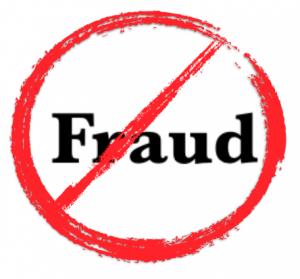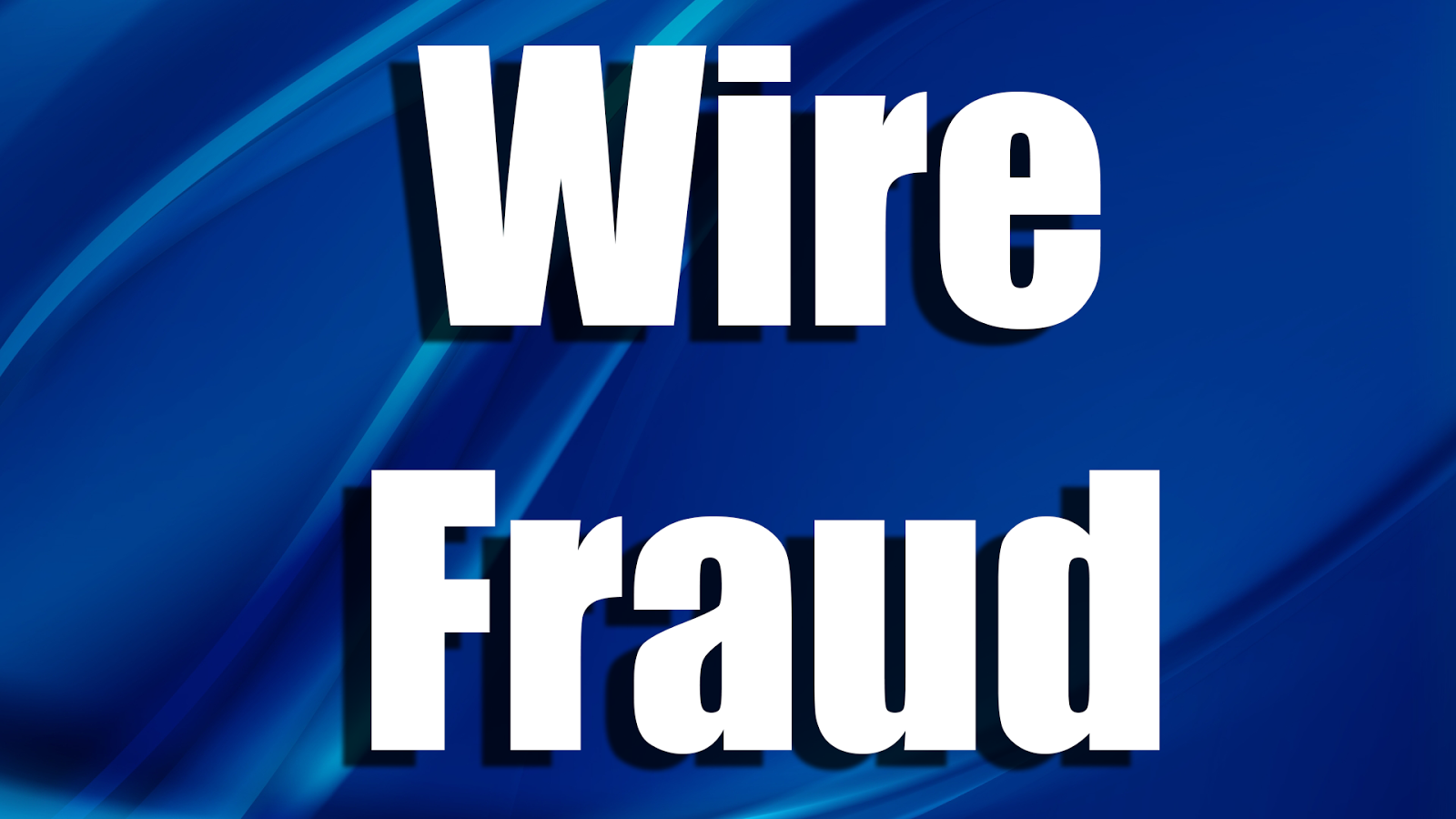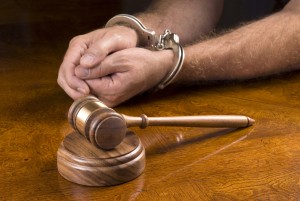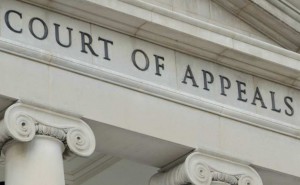United States v. Loftis
United States Court of Appeals for the Ninth Circuit
No. 15-30262
Decided on December 9, 2016
Issue: Whether evidence of uncharged wire fraud transactions is considered evidence of “other” crimes or acts under Federal Rule of Evidence 404(b), precluding the government from introducing the uncharged transactions into evidence.
Holding: The Court of Appeals for the Ninth Circuit held that uncharged wire transactions that are part of an overall fraudulent scheme of the charged crimes are not other crimes or acts under Rule 404(b), and such evidence of uncharged transactions are admissible.
Facts: The government alleged Joseph Loftis mislead several victim-investors about his oil business. Loftis’ indictment charges involved a scheme that took place over the course of six years, multiple states, and involved several alleged victims. Each indictment count pertained to a specific wire transfer in which a defrauded investor wired money to Loftis. A total of three investors were involved in the five uses of the wires (charged transactions), which were all committed in Montana. Loftis was charged with these five counts of wire fraud.
The government showed intent to introduce evidence of investor victims outside the indictment, “additional uses of the wires and aspects of the scheme carried out in states other than Montana (uncharged transactions)”. In response to the government’s intent, Loftis made a motion in limine to the district court, urging the court to prohibit the government from calling witnesses other than the investors involved in the indicted counts.
Acknowledging the Federal Rule of Evidence 404(b), the district court granted that motion in part. The court suggested that Rule 404(b) required the government to show that the newly proposed evidence (the “other” wire frauds) was either “inextricably intertwined with the scheme Loftis employed in Montana” or served another purpose under Rule 404(b). Otherwise, the evidence would be subject to exclusion. The government appealed the order, and the district court stayed proceedings of the appeal.
Legal Analysis: To resolve the issue, the court turned to the Federal Rule of Evidence 404(b), which provides:
“Evidence of a crime, wrong, or other act is not admissible to prove a persons character in order to show that on a particular occasion the person acted in accordance with the character.
(2)Permitted Uses; Notice in a Criminal Case. This evidence may be admissible for another purpose, such as proving motive, opportunity, intent, preparation, plan, knowledge, identity, absence of mistake, or lack of accident.”
The court empha sized that Rule 404(b) strictly applies to “evidence of ‘other’ acts”. Evidence of “other” acts, as the court explains, is evidence of acts outside the charged acts at issue and is generally inadmissible. The court points out an exception under Federal Practice and Procedure, where evidence of acts not part of the indicted acts are admissible. A situation where such evidence is admissible include “cases where the indictment offered is a part of the conspiracy alleged in the indictment, the evidence is admissible…” because the offered evidence “is proof of the ultimate issue in the case” (Federal Practice and Procedure 5239 (1 st ed. 2016)).
sized that Rule 404(b) strictly applies to “evidence of ‘other’ acts”. Evidence of “other” acts, as the court explains, is evidence of acts outside the charged acts at issue and is generally inadmissible. The court points out an exception under Federal Practice and Procedure, where evidence of acts not part of the indicted acts are admissible. A situation where such evidence is admissible include “cases where the indictment offered is a part of the conspiracy alleged in the indictment, the evidence is admissible…” because the offered evidence “is proof of the ultimate issue in the case” (Federal Practice and Procedure 5239 (1 st ed. 2016)).
Not only does this exception under Rule 404(b) apply to conspiracy charges, but it also applies to prosecution. If the other crimes brought into evidence are an element of the charged crime and all other elements have been met, defendant may be prosecuted. The Court of Appeals highlighted two cases involving fraudulent charges with similar sets of facts to the case presented, which both resulted in prosecution of the defendants.
Defendant in the first case, United States v. Smith, 685 F .2d 1293, 1294 (11 th Cir. 1982), was charged with four counts of mail fraud. These charges derived from fraudulent claims the defendant made to his insurance company. The government offered evidence of three previous claims, which included no claims from the indictment. The court found that the claims introduced by the government showed the existence of a scheme to commit fraud: an essential element of the crime.
In United States v. Swinton, 74 F .3d 374, 376 (8th Cir. 1996), defendant was charged with seven counts of bank fraud. The government introduced evidence of additional property transactions that were not included in defendant’s charges. Similarly to Smith, the court found that these additional property transactions demonstrated the existence of a scheme or artifice and that this evidence did not constitute other acts and was not subject to Rule 404(b) (Id. at 378).
The Court of Appeals held that the principles in Smith and Swinton should apply to the case presented. Here, the prosecution must prove that Loftis committed all three elements of wire fraud in order to convict him: (1) the existence of a scheme to defraud; (2) the use of wire, radio, or television to further the scheme; (3) a specific intent to defraud. Although the uncharged transactions were outside those for which Loftis was convicted, they were a part of the overall fraudulent scheme. Thus, the uncharged transactions could not be considered as other crimes or acts of evidence, permitting the government to attempt to prove the first element of the crime by introducing these uncharged transactions as evidence.
The Court of Appeals also noted its affirmation of its previous interpretation of Rule 404(b) in Dorsey, in which the court held that evidence should not be considered other acts or crimes when the evidence introduced is inextricably intertwined with the crime (United States v. Dorsey, 677 F .3d 944, 951 (9th Cir. 2012)). To illustrate where the other act evidence is inextricably intertwined with the charged crime, the court provided two categories of cases. First, “other act” evidence has been admissible when it served as the basis for the criminal charge. Second, the court has allowed such evidence to be admitted to allow prosecution to provide a clear and comprehensible story of the commission of the crime.
The Court held if uncharged transactions brought into evidence are part of an overall mail or wire fraud scheme, those transactions are part of the same transaction as charged. Such evidence is deemed so “inextricably intertwined” as established by the exception with the crime at issue. Accordingly, here, the uncharged mail fraud transactions introduced by the government were not subject to exclusion under Rule 404(b) because they were part of the same transaction.


